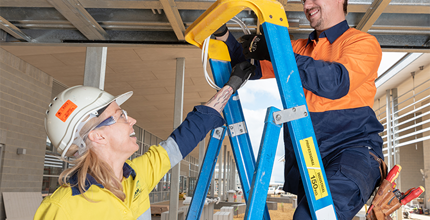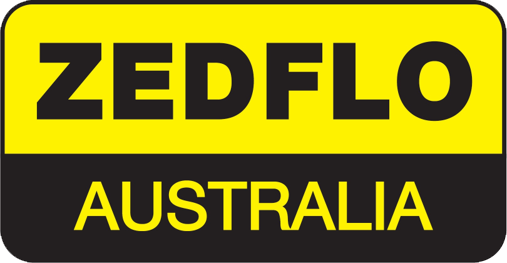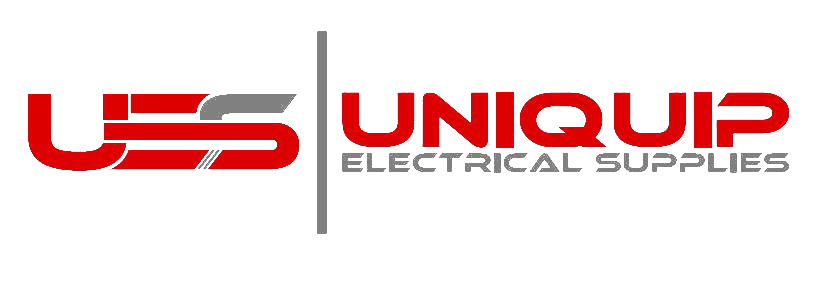Be Safe(r) in the Heat

WE KNOW we are coming out of summer – but there will likely be a few hot days ahead of us. So it is extremely important to stay hydrated, and look for the warning signs of heat stroke, dehydration, and even something as simple as sunburn whilst you’re working. So here is some information on some of these risk factors – and how you can avoid or at the least minimise your risks of them.
Dehydration:
Perhaps the easiest thing on this list to prevent and to be aware of, is dehydration. Essentially, dehydration occurs when you don’t have enough fluids in your body – and we aren’t talking about the frothy stuff!
If you have a mild or moderate form of dehydration – which up to 80 per-cent of Australians experience at one point of their lives – you’ll likely be thirsty, might have a headache, or be dizzy. Your urine may also be a dark colour, and you may have cottonmouth. But if additional symptoms, like fast breathing, a fast heart rate, or confusion sets in – this are dangerous warning signs which could mean you need to immediately see a medical professional.
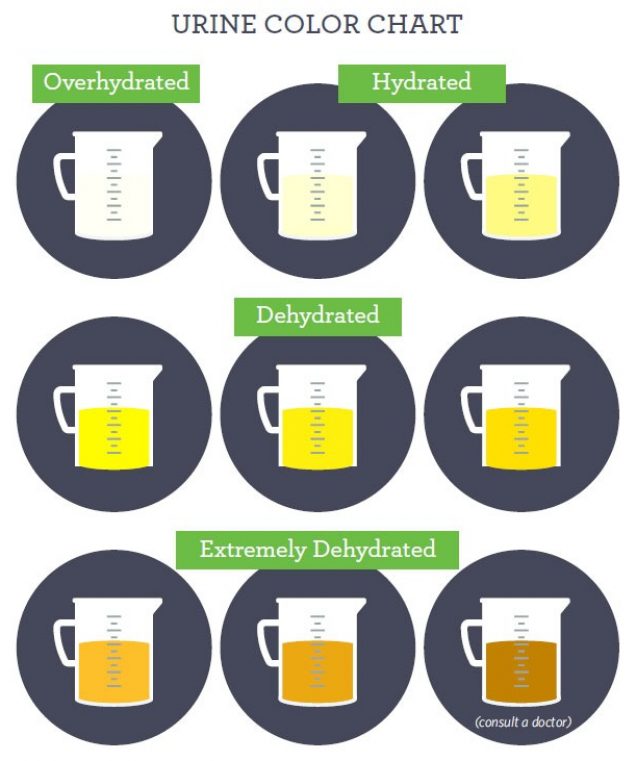
The best thing to do to stave off dehydration, is to hydrate yourself. This means drinking cool water, or some electrolyte replacement drinks you can get from your local chemist. Avoid high caffeinated beverages, sugary drinks, and definitely avoid alcohol – it’s a diuretic, which can actually remove water from your body!
Sunburn
We aussies know the sun is not to be trifled with. Whilst it gives us a wonderful, sunny, outdoors way of life, it also has a particularly nasty side which can cause things such as basal cell carcinomas, or in worse cases melanoma – the deadliest form of skin cancer.

Sunburn is just your skin’s reaction to being burnt by the UV rays the sun gives off. And, unfortunately, some people are more susceptible to sunburn than others – but anyone can be burnt. Pay attention to the UV index for the day, and remember that cloud cover doesn’t mean no UV – you can still be burnt (and badly) on an overcast day.
The best way to prevent sunburn and UV damage to your skin is to cover up, use plenty of high SPF sunscreen (and re-apply as needed – usually on the hour every hour), wear proper sunglasses and headwear, and seek shade if you think you might be burnt.
Heat Stroke
Heatstroke (also known as Hyperthermia) is a life-threatening condition caused by your body overheating. Your body’s core temperature jumps from 37 degrees to above 40.5 degrees. This is a highly dangerous condition – and if you suspect someone has it you should call 000 immediately.
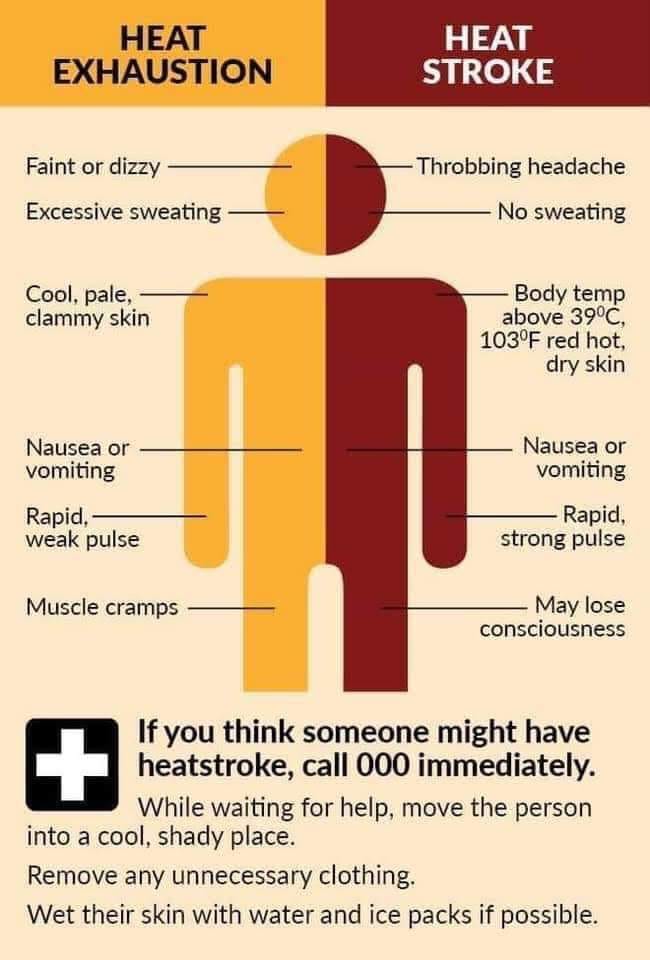
Whilst it can only really be treated by a medical professional, you can go a long way to prevent the heatstroke from occurring. Simple tasks such as drinking plenty of water, avoiding direct sunlight, and staying cool with cool clothing, air conditioning, and cold drinks will help prevent the condition. It is intrinsically linked to dehydration and is also linked to sunburn. So if you’re following the recommendations for preventing sunburn and dehydration, you will help prevent heat stroke.
In Conclusion....
Remember, summer isn’t over yet – and being in Australia we can still get hot days all year around. If you’re working in confined areas or spaces, in roofs, or in a hot environment, it’s best to play it safe – stay cool, stay hydrated and don’t forget to Slip, Slop, Slap!


